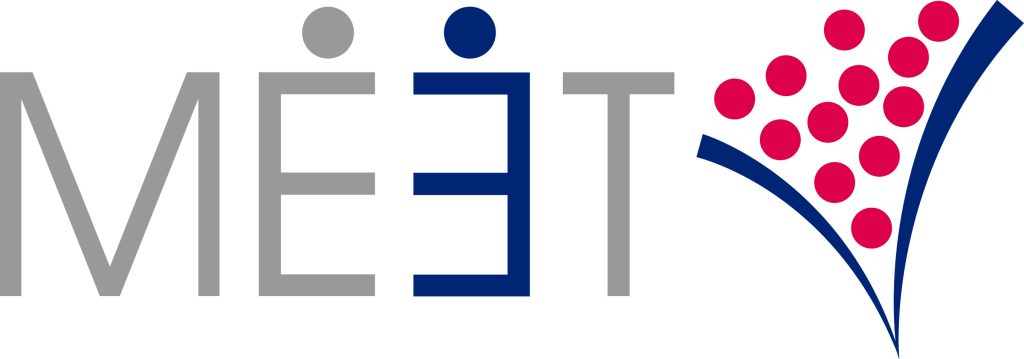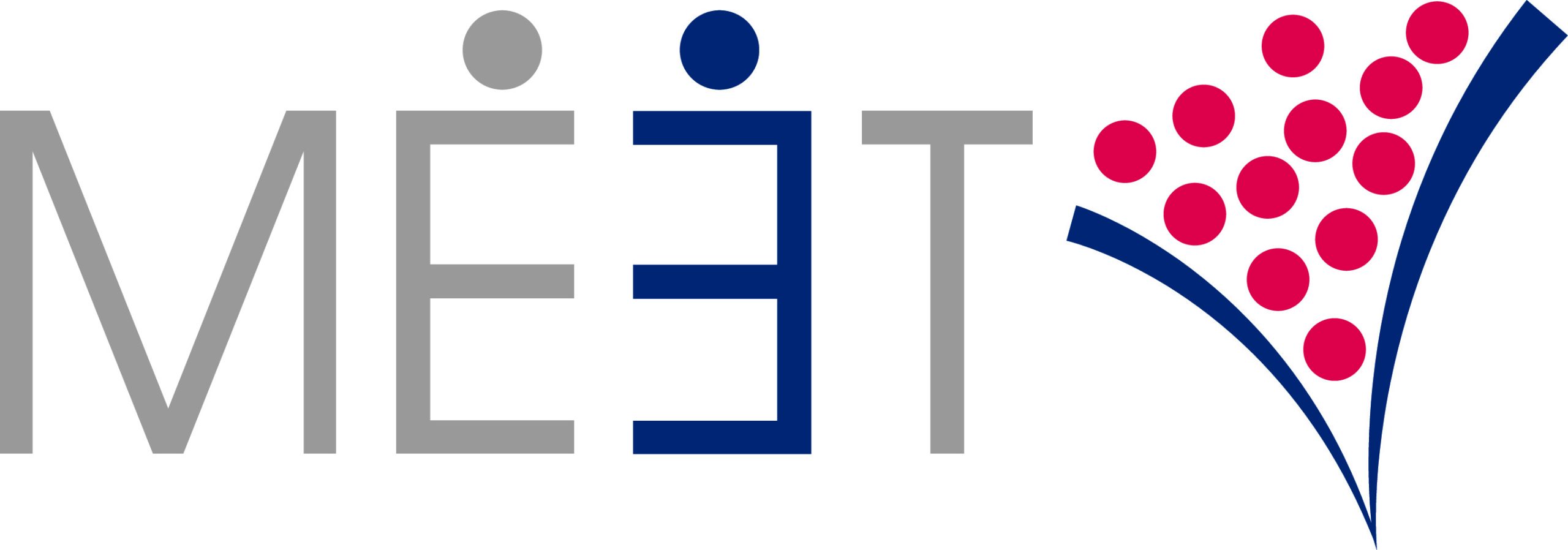SelectUSA 2022 Preparation, a Visit with Emily Smith, American Electric Power
Link to podcast found HERE Transcript to podcast found below: Bill : Hi, and welcome to belly to belly. And today we’re continuing in our series to help prepare you for select USA. We’re also welcoming on board, Emily Smith from American Electric Power. Hi Emily. And so it’s really great to chat with you today and I know you’re excited about Select USA. We had a chance to chat for just a moment before starting. So, um, can you tell me about you know what American Electric Power does to help companies that are coming into the US? Emily : Sure. So, AEP, so we’re one of the largest energy companies in the US and so we have kind of a unique role and how we help company so of course, power is our expertise. So anytime that energy is one of the drivers of where a company is located, of course, we get involved with helping and we bring that expertise to the table. But we have so we’re kind of unique in that we have a location advisory services arm to the business, it’s almost like think of us as a consulting business, a consulting arm of the business where we’re helping companies identify where that ideal site location may be, and, and because we serve such a large geography, we serve almost 2400 communities in 11 states. I think an advantage is that we can really help companies that may not, you know, already be drilled down on a specific region and they may be looking at, you know, multiple options across multiple states. We can help do those regional comparisons and some of the research that goes into, you know, identified the ideal site. So we get a lot involved in a lot of fronts, but I would say mainly on the site selection side, and then also on big time on the energy side, of course, identifying you know, is there capacity at the site. You know, where they’re the best renewable options and really comparing sites. And we actually do that nationwide. If a company is looking, you know, where’s the best options in terms of renewables and meeting their sustainability goals, so we get involved in a lot of friends. Bill : Oh, this is fantastic. Now that there’s so many companies that need that help. So let’s talk about so our audiences as I mentioned is a companies that you know, in some cases, are considering Select USA or have already made the decision to come. But you know, with AEP Why is it in particular that you think the event in the summit is so important? Why do you participate? Emily : Yeah, good question. So we’ve actually participated since the very inception. So we’ve been involved we’ve, we’ve exhibited there and have been a sponsor in some form or another every single year. And for us, it’s just been a really great opportunity to meet, of course, investors and they’re all in the same place. But not only investors, but we also meet some of our customers, they’re our suppliers, our state partners, our local partners, so it’s, it’s more to us it’s like we can’t miss out. We have to be there because everyone’s there. And we’ve just gotten a lot of we’ve actually gotten projects that have landed from companies that we’ve met there and so it’s, it’s kind of a no brainer for us. Bill : I love the way you put that is it everybody’s in the room at one time. It’s just sort of a place if you’re not there you’re really missing those all those great connections and the ability maybe to have a three or even four way conversation with a variety of stakeholders. Yeah, can can take place so no, I thought that was perfect. So you know, thinking about these companies this in some cases may be the first trip to the US may be the first trip coming in to you know, to promote this business. And, you know, especially with your experience, you know, over the last eight or nine years since Select USA started, you know, when you think about the companies that you see get the most out of the the participation in the event, what are some of the things that you see, that are the best practices in terms of company that’s coming in to get the most out of their us visit and particularly Select USA participation? Emily : Yeah, good question. I get because we’ve seen a lot, right. I would say, I would say definitely companies that do their homework in advance, right? It’s, it can be overwhelming. I always say that to companies there especially for the first time. I mean, everyone is there you can meet with a representative from nearly every state, and they’re all gonna say that they have the best place to do business and they’re all gonna woo you try to woo you. And so it can be really overwhelming. And so I think as much homework in advance, knowing who you’re going to meet with beforehand, setting up meetings in advance and so that, you know, you have a shortlist of who you want to meet met with in person and actually spend some time with them at the event in person. I, I’ve seen personally, you know, companies that have come in, we’ve had the meeting in advance of the event. then sat down in person, and because we pay things during the meeting, you know, pull up the screen, show them here’s what we think would make the most sense. And then oh, by the way, let me bring over our state partner. This is from the state, you know, X state X, and here’s the local partner and everyone’s there at the table. So I think just really doing that homework in advance knowing who you want to go and

